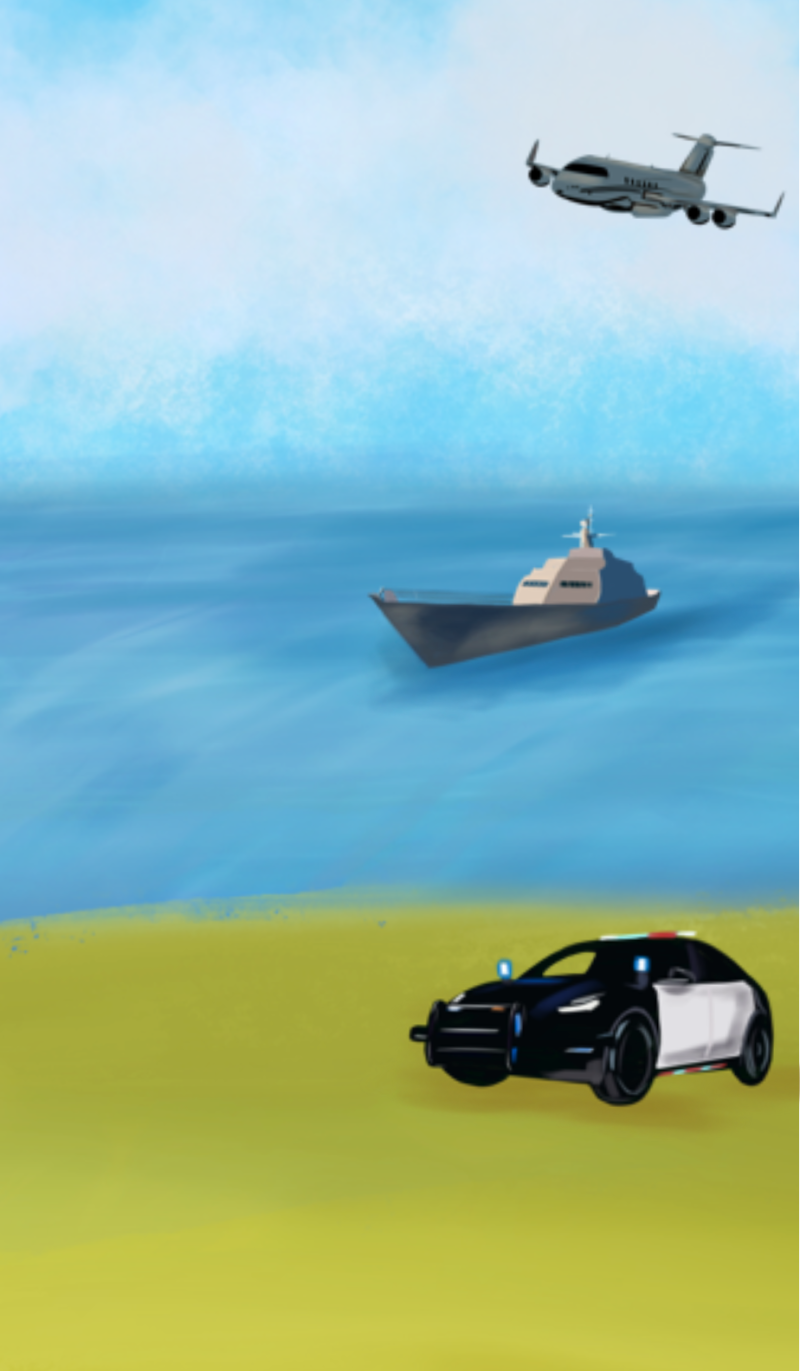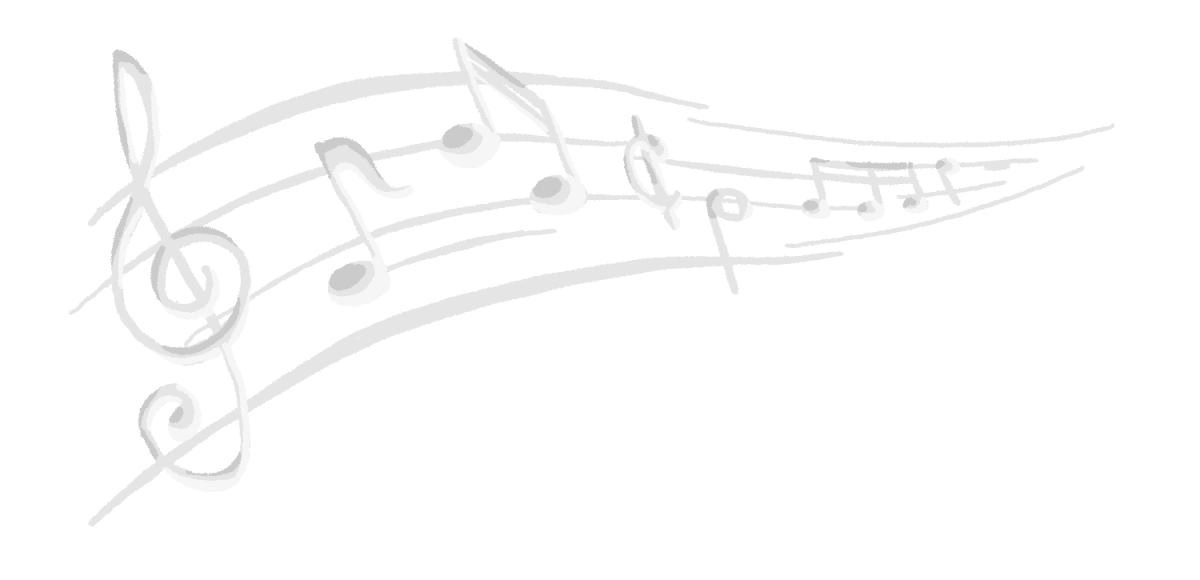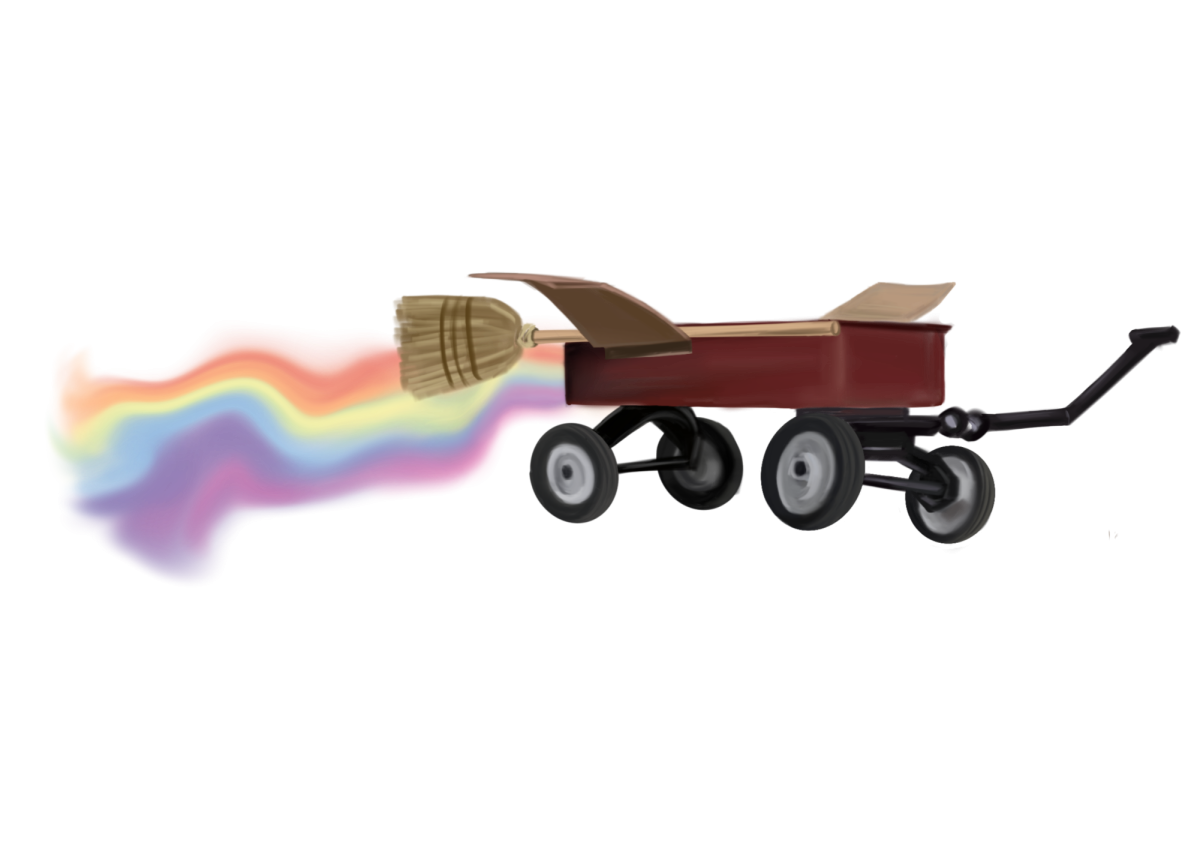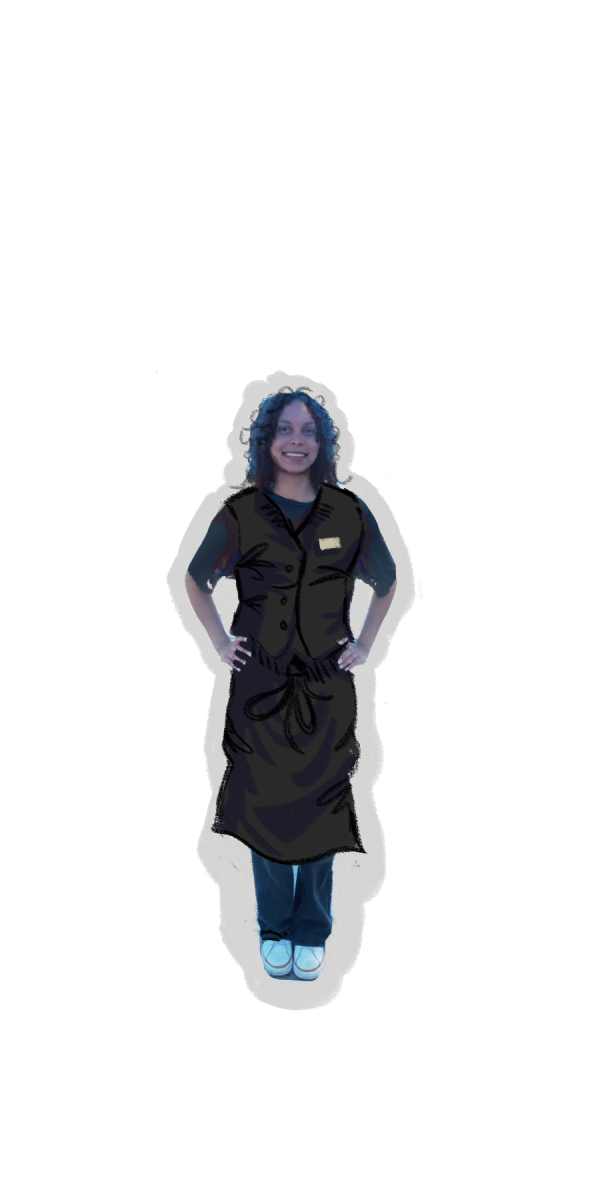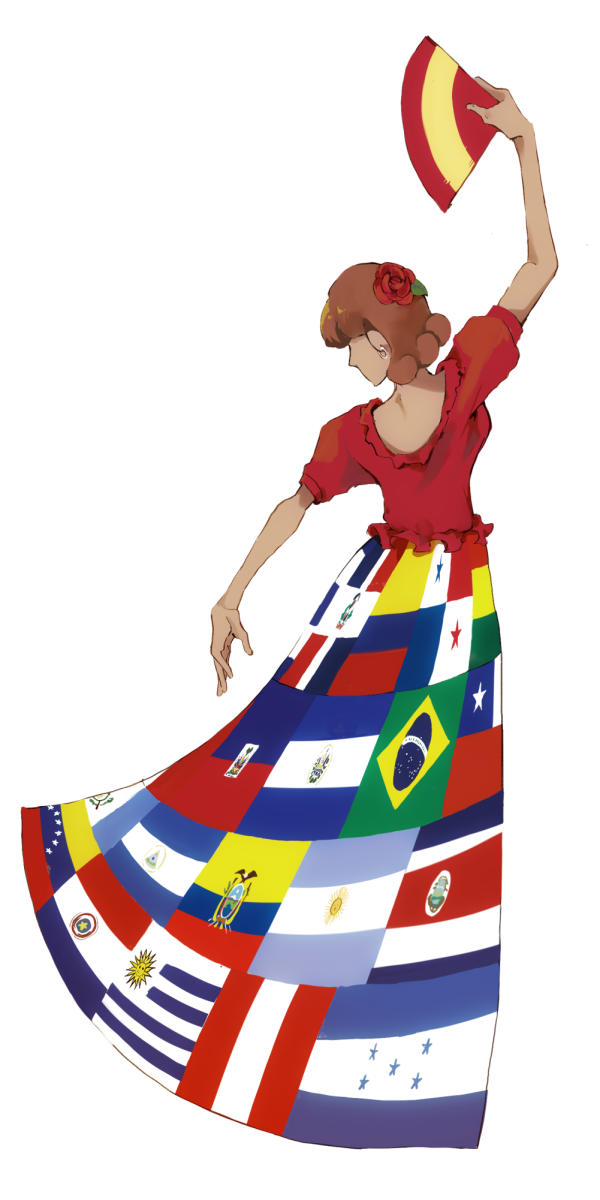
By Elinor Aspegren
For students interested in exploring biology in a new way, the Anatomy and Physiology Club brings an outlet. The main purpose of the club is to carry out animal dissections. “Gunn Anatomy and Physiology Club is to explore the beauty of life— particularly of anatomy—and the way animals are connected,” President senior Grace Kuffner said.
Kuffner transformed the club—originally named Gunn Student Doctors—to eliminate the club’s narrow niche. “I decided to make [the club] more open for anyone who is interested in biol- ogy to explore an important facet of the study,” she said.
Club member senior Erika McPhillips also joined because of her interest in dissection. “I have always been interested in how animal bodies work,” she wrote in an email. “When I found out that there was a club at Gunn where members could learn about anatomy through dissection, I had to join.”
The Anatomy and Physiology Club meets every Wednesday in J-4 and students carry out dissections to explore and create basic biology skills. “The point of dissections is to learn as much as possible about the anatomy of the animal, and that can’t be achieved without some work beforehand so club members know what they’re looking for,” Kuffner said.
Biology teacher and adviser Jena Lee agreed, adding that anatomy helps bring together many important parts of biology. “Anatomy ties to- gether many of the big themes that we study in biology because the physical structures that we see in an organism are the result of evolution, gene expression, metabolic processes and the idea that form fits function,” she wrote in an email.
Both Kuffner and McPhillips said that they have dissected many fascinating animals this year. “In my opinion, the coolest thing we have done is dissect sharks,” McPhillips wrote. “The sharks were about two feet long and were very dif- ferent from the other animals that we dissected.”
According to Lee, there is not just one exciting part of dissection; what makes it so intriguing is how it can connect to one’s own life. “Each of the dissections has been interesting in its own way, because the students can see how each organism has evolved unique anatomical structures that allow it to survive in its particular environment,” she wrote. “I like listening to the conversations as the students compare what they are seeing in one animal to the others they have previously dissected or to their own bodies.”




